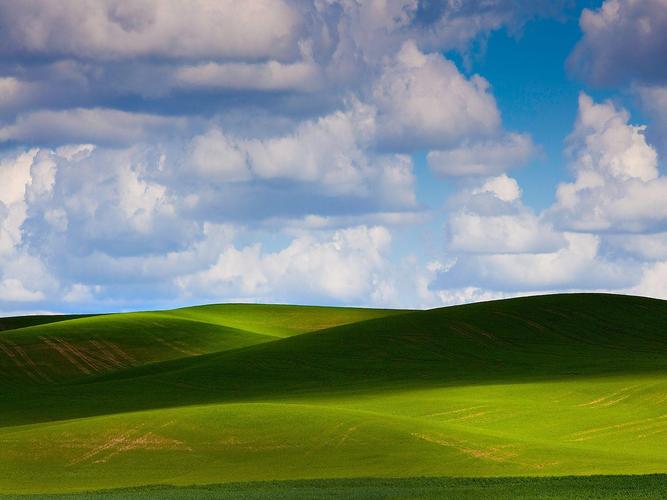Exploring the Cultural Values of the 1920s: A Journey Through Time
The 1920s, commonly referred to as the “Roaring Twenties,” was a time of great change and cultural shift in America. It was a period of economic prosperity, technological advancements, political change, and social upheaval. The cultural values of the 1920s were shaped by various factors, including the aftermath of World War I, the women’s suffrage movement, the Prohibition era, and the rise of jazz music.
The Aftermath of World War I
The end of World War I brought a sense of relief and celebration, but it also left many people disillusioned and traumatized. The loss of millions of lives and the destruction of entire cities created a sense of nihilism and the rejection of traditional values. People began to question authority and embrace new forms of expression, such as modernist art and literature. Many soldiers who returned from war were unable to adjust to civilian life, and this led to a rise in alcoholism, drug addiction, and mental health issues.
The Women’s Suffrage Movement
The 1920s marked a significant milestone in the women’s suffrage movement, as the 19th Amendment to the US Constitution was ratified, granting women the right to vote. This was a major victory for women’s rights activists who had been fighting for suffrage for decades. It brought about a new sense of empowerment and freedom for women, who began to challenge traditional gender roles and expectations. Women in the 1920s demanded equal rights and opportunities, and this paved the way for the feminist movement of the 1960s and beyond.
The Prohibition Era
The 1920s also saw the rise of the Prohibition movement, which made the production, sale, and consumption of alcohol illegal in the United States. This led to the rise of speakeasies, illegal clubs where alcohol was served, and organized crime. Prohibition was largely unsuccessful and was eventually repealed in 1933, but it had a significant impact on American culture. It created a sense of rebellion and lawlessness, as people openly defied the ban on alcohol and engaged in illegal activities.
The Rise of Jazz Music
Jazz music was another important cultural development of the 1920s. It originated in African American communities and quickly spread throughout the United States. Jazz was seen as a symbol of liberation and individuality, and it provided a new form of entertainment and socialization. Jazz clubs became popular, and musicians such as Louis Armstrong and Duke Ellington became household names. Jazz music also had a significant impact on the arts, influencing literature, fashion, and visual art.
Conclusion
The cultural values of the 1920s were shaped by a complex mix of historical, social, and economic factors. It was a time of great change and upheaval, as people rejected traditional values and embraced new forms of expression. The aftermath of World War I, the women’s suffrage movement, Prohibition, and the rise of jazz music all played a significant role in shaping the cultural landscape of the 1920s. Today, we continue to be influenced by the cultural values of this tumultuous period in American history.
(Note: Do you have knowledge or insights to share? Unlock new opportunities and expand your reach by joining our authors team. Click Registration to join us and share your expertise with our readers.)
Speech tips:
Please note that any statements involving politics will not be approved.
